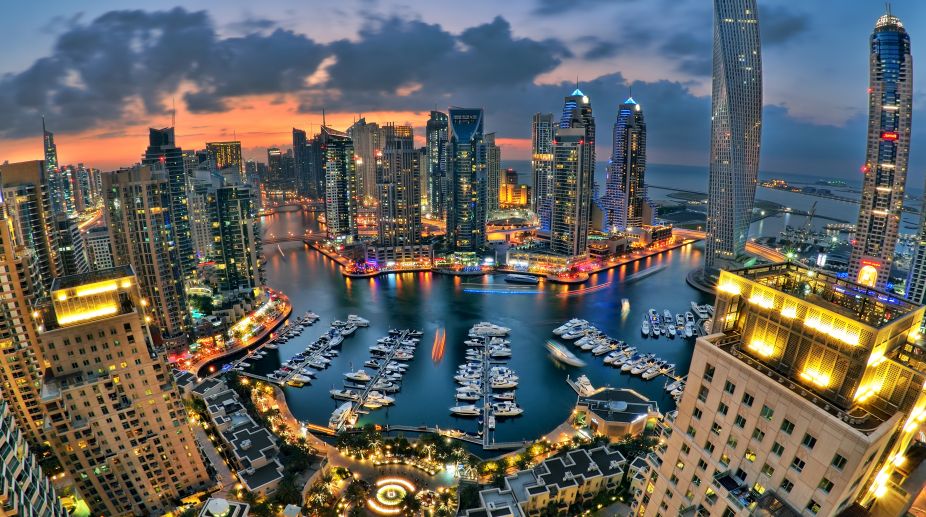Gulf countries, which are under pressure due to low oil prices, are increasing their efforts to woo Indian and Chinese travellers to boost the tourism industry, according to a report.
For the Gulf Cooperation Council (GCC) countries, China counts an average of 122 million outbound tourists annually and India contributes 22 million, with overseas spending calculated to be USD 252 billion and USD 15.4 billion respectively in 2015.
Advertisement
China's outbound tourism market is currently growing on an average of 6.7 per cent year-on-year, while India's market posts average annual growth of 7 per cent, according to the report published during the ongoing Arabian Travel Market trade show here.
"The GCC is home to a number of globally-recognised tourist attractions and continues to draw visitors from all over the world. As markets in Europe and other GCC countries continue to feel the pressure of low oil prices and depreciated currency rates, it is key that tourism bodies and private sector hospitality, travel and tourism brands continue to explore new markets," said Debrah Dhugga, Managing Director, DUKES London and DUKES Dubai.
"The growth seen from China and India has driven tourist arrivals across the region in the near past and we have seen this reflected in our recent guest profiles," Dhugga said.
The trend is largely proliferated by increasing levels of personal wealth and a demand for experiential travel.
India is home to 433,000 High Net Worth Individuals (HNWI) with 59 million considered urban middle and educated urban and 97 million counted as urban blue collar workers.
Together they represent almost 31 per cent of the population that is eligible and likely to travel, the report said.
"The growing middle class and cheaper flight options are transforming the outbound travel landscape for these two countries, with a combined 146 million passport holders," said Filippo Sona, Director, Head of Hotels MENA region, Colliers International.
"Countries such as the UAE and Oman are increasing their efforts to attract Indian leisure tourists, through targeted entertainment offerings and promotional activities, while Saudi Arabia is expected to ramp up the visa quotas for the large Muslim Indian population to visit the holy cities of Makkah and Madinah, Sona said.
In both Dubai and Abu Dhabi, India was the top performing source market in 2016. In Dubai, 1.8 million nationals arrived last year compared to 1.6 million in 2015 and Abu Dhabi welcomed a record-breaking 4.4 million visitors in total in 2016, out of which 323,388 were Indians.
Oman, which has seen an increase of 60 per cent in the number of arrivals from India, welcomed 299,568 Indian tourists in 2016.
Oman is also working to promote itself as a wedding destination to tourists from West Bengal.
The GCC is a regional intergovernmental political and economic union consisting of all Arab states of the Persian Gulf except for Iraq. Its member states are Bahrain, Kuwait, Oman, Qatar, Saudi Arabia, and the United Arab Emirates. PTI CORR MRJ NSA









